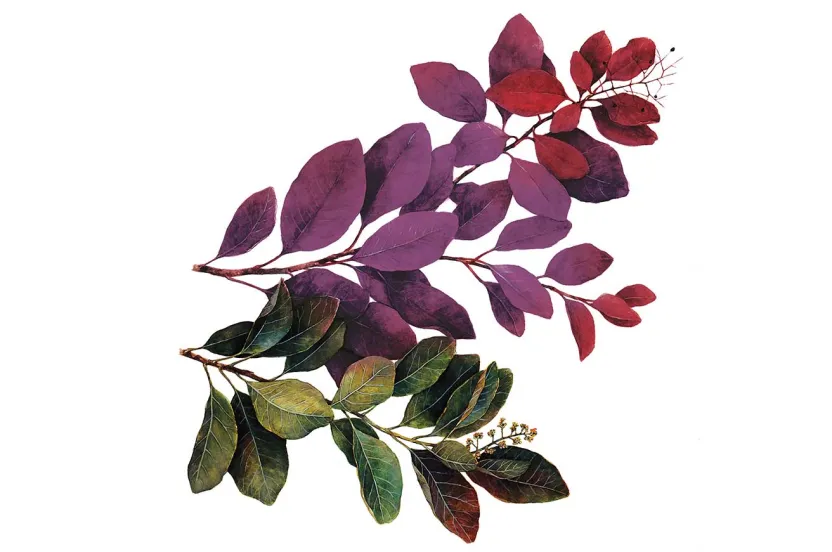Now live: The 2025 Canopy Report. Learn how Americans see trees. GET THE REPORT
Abies concolor
If you ramble around in the central mountains of the West, chances are good that you will encounter a white fir. You can fit it near the tourist meccas in Yosemite Valley and scattered in the isolated reaches of some of the steepest, rockiest slopes of the Sierra Nevadas and the Rocky Mountains from Idaho to Mexico. In fact, while rarely numerous or found in pure stands, white fir has the largest natural range of any of the western firs with the exception of its high-altitude cousin in the subalpine fir. It is a tree that thrives where lots of snow falls, it also has the remarkable ability to spread its roots through dry, stony terrain and to survive long, summer droughts common to the mountain West.
White fir is one of 40 members of its genus worldwide, and nine in North America. Its common name is descriptive of the foliage, whereas its scientific name is not too helpful. Abies is simply the ancient Latin word for fir trees, and concolor means “together, or of one color.” The last part of its scientific name, “concolor,” has also become one of its two common names and is widely used in the Christmas tree and horticulture trades.
This wild, mountain resident has no outstanding credits to its name in the lumber business. It does have commercial value and is harvested for miscellaneous products, but it is far overshadowed by its stronger woodland associates, especially the pines and Douglasfir. Long ago, naturalist Donald Peattie predicted the real glory of this species. “Rather does the future of this tree lie in its value as an ornamental,” he wrote in 1953.
Today, the beauty of its shape and color combined with its adaptability to harsh sites has made it a favorite for urban landscaping. Where white fir really shines is as a Christmas tree. Its soft, silvery needles and nicely tiered branches make it appealing to the discerning buyer. As a bonus, it holds its needles for at least three weeks if kept in water, and fills the room with a pleasant aroma.
Whether you are in the wild country of Colorado or a city park in Pennsylvania, look for this distinguished member of the firs. It is a tree worth knowing.




